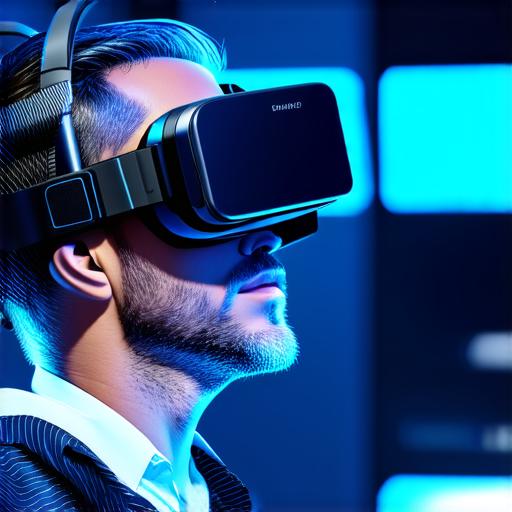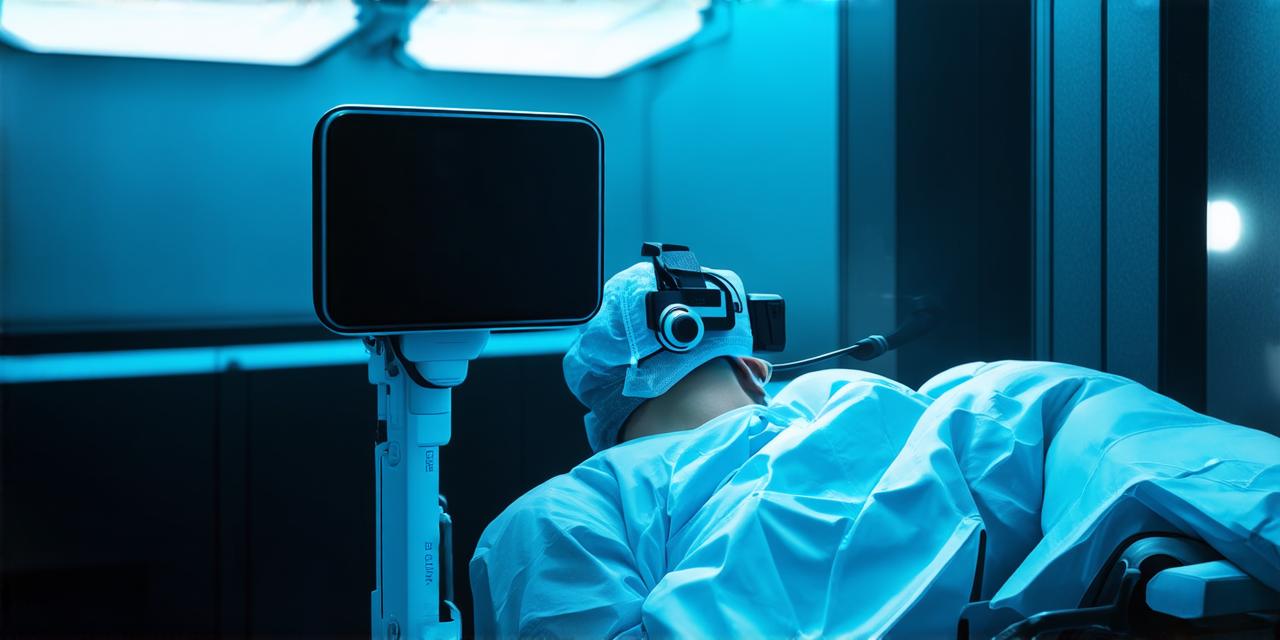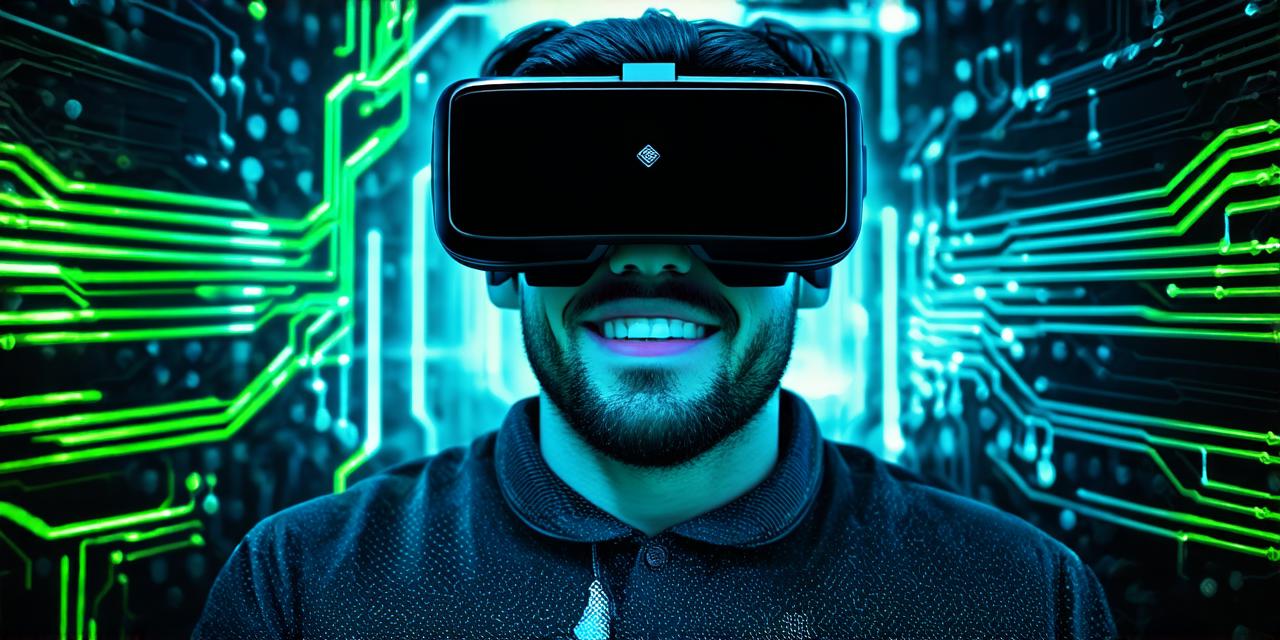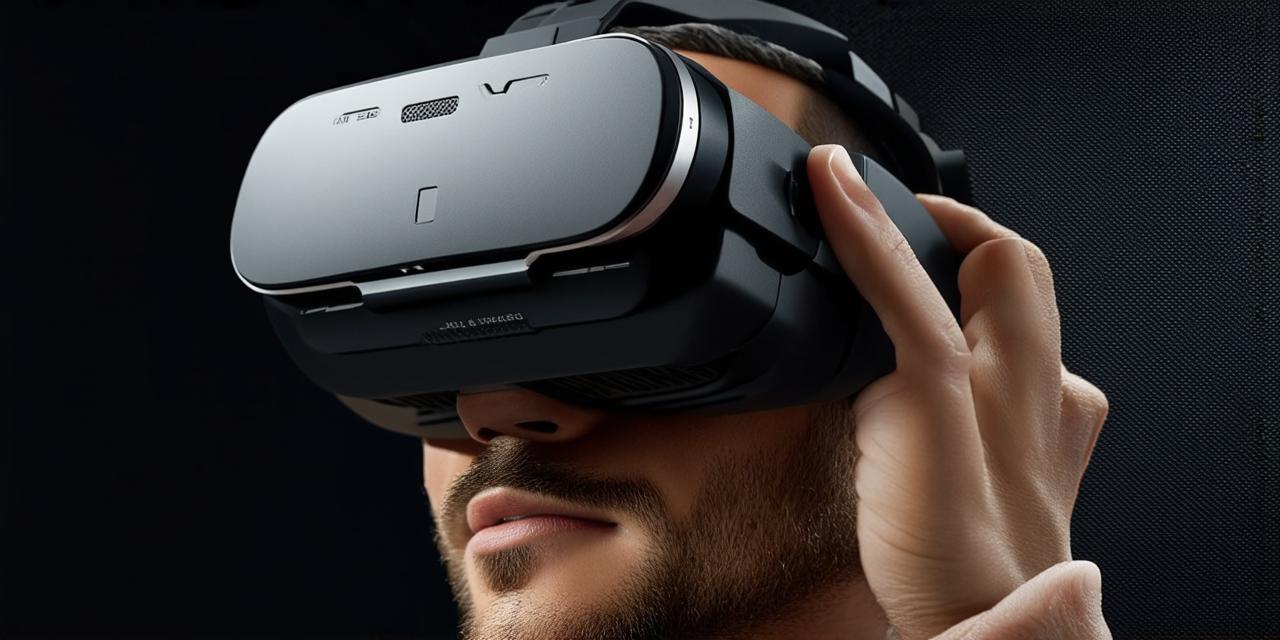Virtual reality (VR) technology has revolutionized many aspects of healthcare, including patient care and treatment. As VR technology continues to advance, it is becoming increasingly common for patients to encounter virtual reality settings during their medical procedures.
1. Pain Management: Virtual Reality for Pain Relief
One of the primary uses of virtual reality technology in healthcare is pain management. Patients who are undergoing medical procedures or recovering from injuries may experience significant pain, which can negatively impact their physical and mental health. VR technology can be used to create immersive experiences that distract patients from their pain, helping them to relax and feel more comfortable.
These virtual environments can range from calming landscapes to interactive games, providing a welcome distraction from the discomfort of a medical procedure or injury recovery.

2. Mental Health Treatment: Virtual Reality for Therapy
Virtual reality technology has also been used in mental health treatment, particularly in exposure therapy. Exposure therapy is a form of psychotherapy that involves exposing patients to a controlled environment where they can face their fears and anxieties.
Virtual reality technology allows therapists to create realistic simulations of these environments, making it easier for patients to confront their fears in a safe and controlled setting. This technology has been used to treat a wide range of mental health conditions, including anxiety disorders, PTSD, and phobias.
3. Medical Training: Virtual Reality for Education and Training
Virtual reality technology is also being used for medical training purposes. Medical professionals can use virtual reality simulations to practice surgical procedures, diagnose diseases, and develop treatment plans in a controlled environment.
These simulations can be customized to meet the specific needs of individual practitioners, allowing them to focus on areas where they need improvement. This technology has the potential to improve the quality of medical care by providing healthcare professionals with the skills and knowledge they need to perform their jobs effectively.
4. Rehabilitation: Virtual Reality for Physical Therapy
Virtual reality technology is also being used in physical therapy, particularly in rehabilitation programs for patients with injuries or disabilities.
VR simulations can be used to create immersive environments that simulate real-world movements and activities, allowing patients to practice their motor skills in a safe and controlled setting. This technology has the potential to improve patient outcomes by providing a more engaging and effective form of physical therapy.
5. Surgery: Virtual Reality for Planning and Preparation
Virtual reality technology is also being used in surgery to plan and prepare for medical procedures.
Surgical teams can use virtual reality simulations to practice their techniques, test their equipment, and develop treatment plans in a controlled environment. This technology has the potential to improve surgical outcomes by reducing the risk of errors and improving communication between surgical team members.
In conclusion, patients may encounter various experiences in virtual reality settings during their medical procedures or recovery process. These experiences can range from pain management to mental health therapy, medical training, rehabilitation, and surgery planning and preparation. As VR technology continues to advance, it is likely that these experiences will become even more immersive and effective, providing patients with new ways to manage their physical and mental health.



